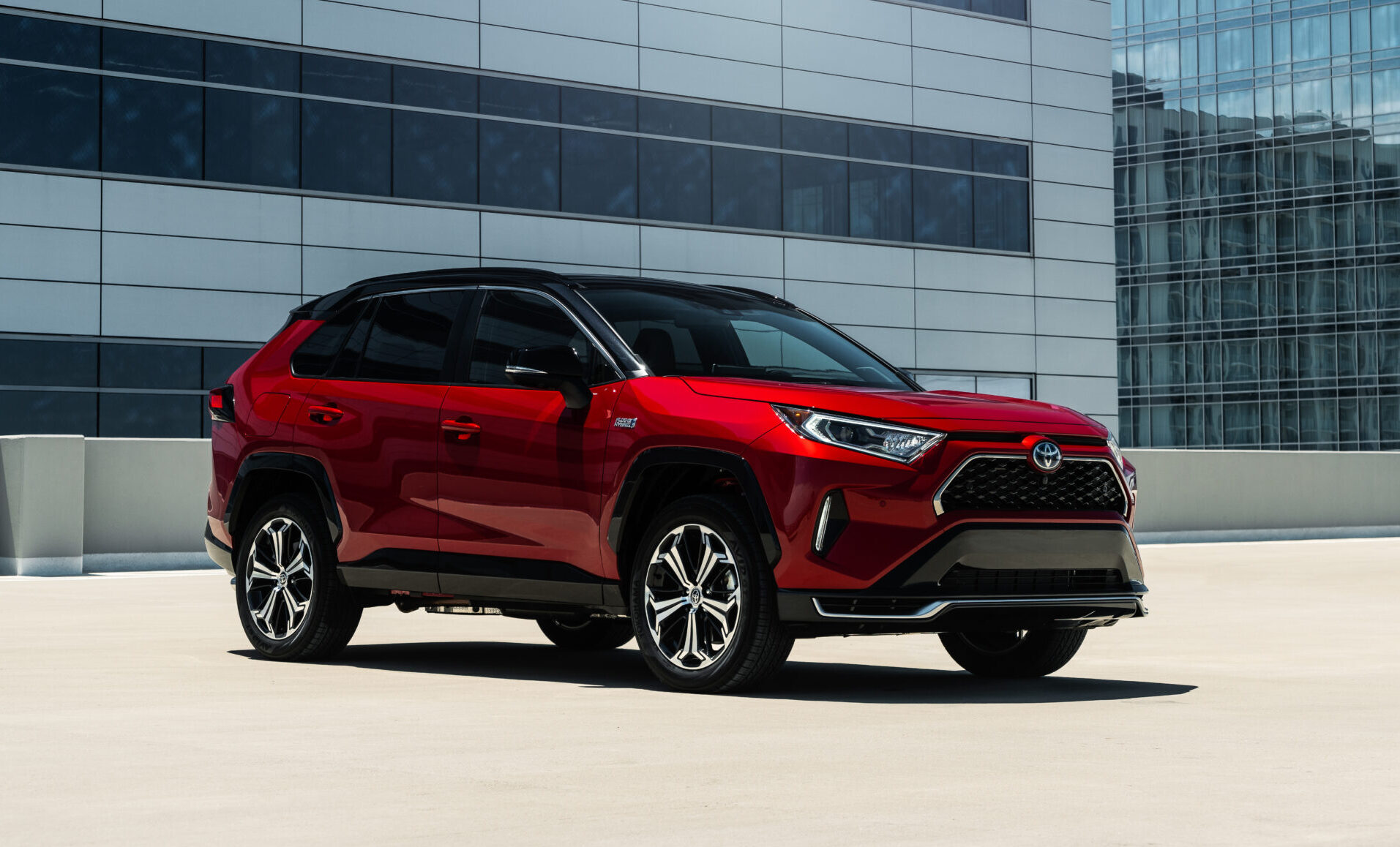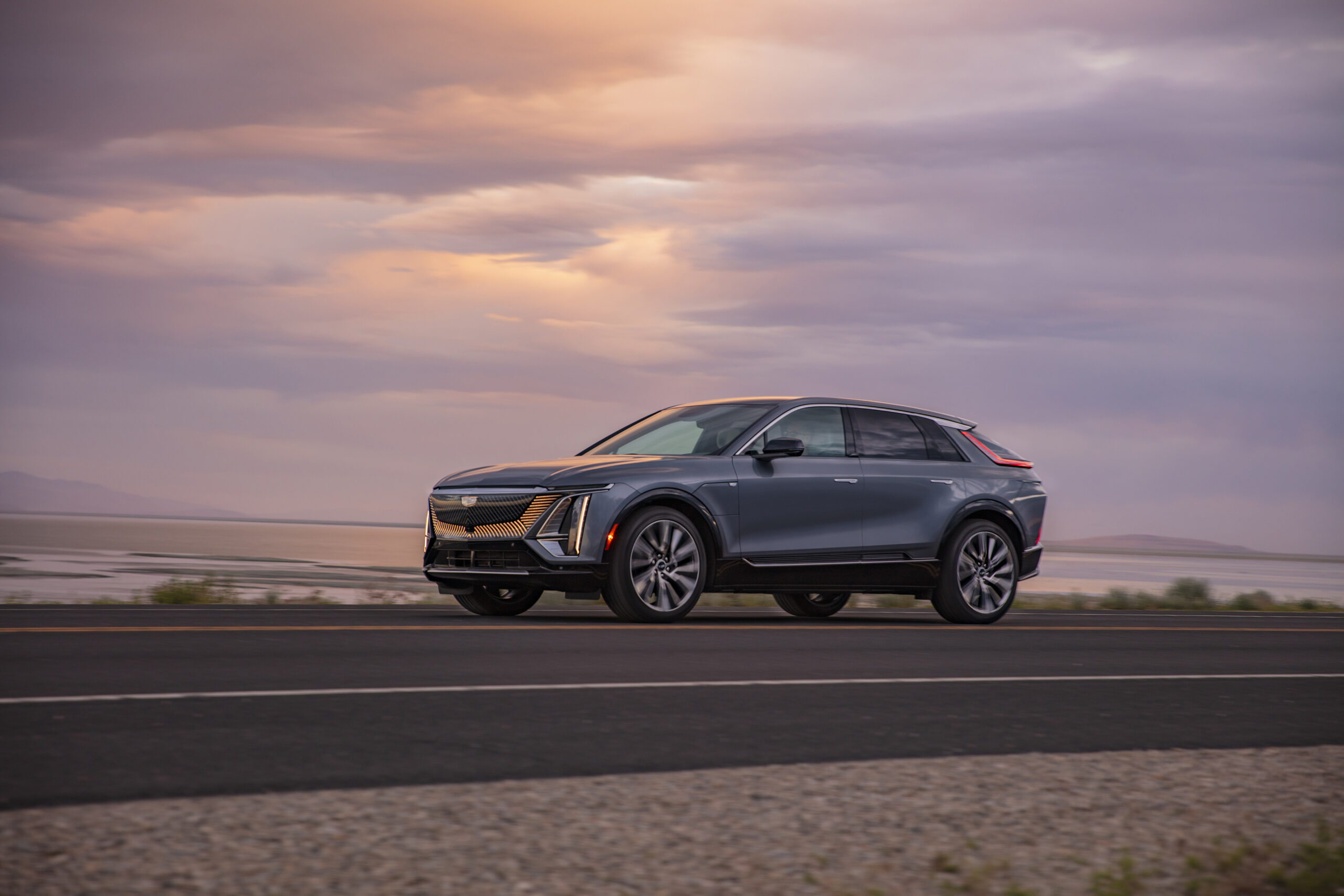It’s clear now that the new EV tax credit program in the soon-to-be-approved climate and energy bill will wipe out eligibility for most of today’s Asian and European brands’ models, and many high-end domestic models as well, for a year or two – until assembly facilities can be established in North America, pricing can be adjusted (if possible) and the battery content requirements of the new rules can be satisfied.
The new rules also will establish buyer income limits of $150,000 for single filers and $300,000 for joint filers. The price caps on eligible vehicles are $55,000 for cars and $80,000 for pickups, vans and SUVs. Those rules will end tax credit eligibility for many high-income individuals and households and make most luxury and high-performance EVs and PHEVs ineligible, no matter where they are made or where their battery minerals and other components come from.


So if you’re looking for a new EV or plug-in hybrid, or already have one reserved, and were counting on that tax credit of up to $7,500 to make the price more palatable, you may be out of luck after Dec. 31.
But there is a workaround for those – especially those with non-binding reservations – who can act quickly. Time is of the essence because the House of Representatives is expected to approve the overarching Inflation Reduction Act, which includes the tax credit plan, as early as Friday, and President Biden could sign it within a day or two of its passage.
Convert Reservation to Contract – If You Can
The new plan says that if you can get a “written binding contract” by the time the bill is signed, you can apply for the tax credit under today’s rules even if the vehicle won’t be delivered until the tougher new program is in effect – on or after Jan. 1. 2023.
Some EV makers – notably Rivan, Fisker and Lucid – already are notifying reservation holders that they can opt to have their refundable deposits applied to written binding contracts, which renders the deposits non-refundable but guarantees that today’s much more lenient eligibility rules will apply and they’ll be able to claim the full credit for their new electric truck whenever it arrives.
Hurry
For others who may be holding non-binding reservations (a lot of them for GMC Hummers and Ford Lightning pickups that exceed the new plan’s price cap) and want to make sure they can qualify for a price-reducing tax credit, the best bet is to try to work with your dealer to convert the reservation or to write up a new binding contract ASAP.
Warning- some automakers don’t have binding sales contract plans, so many dealers have no clue how to do one.
We usually don’t suggest rushing to buy a new vehicle, but for those who need the federal tax credit to make a new EV or PHEV possible and don’t have or can’t get a binding contract before the measure is signed, another alternative is to try to find one in stock at a dealership and buy it before the current plan shuts down – that’s on Dec. 31 at midnight – and the new. more restrictive plan takes effect.
Remember, though, that under the current plan, Tesla and General Motors vehicles are no longer eligible for the tax credit and the credit for eligible Toyota vehicles drops by 50% starting Oct. 1. That’s because the present plan has a sales cap all three companies have hit.
The cap will be removed if the new plan is approved as expected, but, ironically, no Toyotas will qualify initially, nor will higher-priced GM and Tesla models.
Buy Used
There’s also a workaround, of sorts, for the rules about North American assembly and the various battery content requirements: shop for used models.
The new plan establishes the first-ever federal tax credit for used EVs and PHEVs that are priced at less than $25,000, are at least two years old and are purchased from a dealer. The amount is lower than for new models – 30% of the used vehicle’s sale price up to a maximum of $4,000. there also is an income restriction of $150,000 for a joint filer and $75,00 for a single filer.
But you can use it for any qualifying used EV or PHEV in 2023, when availability of the $7,500 credit for new models will be severely restricted.
And that’s better than nothing.
